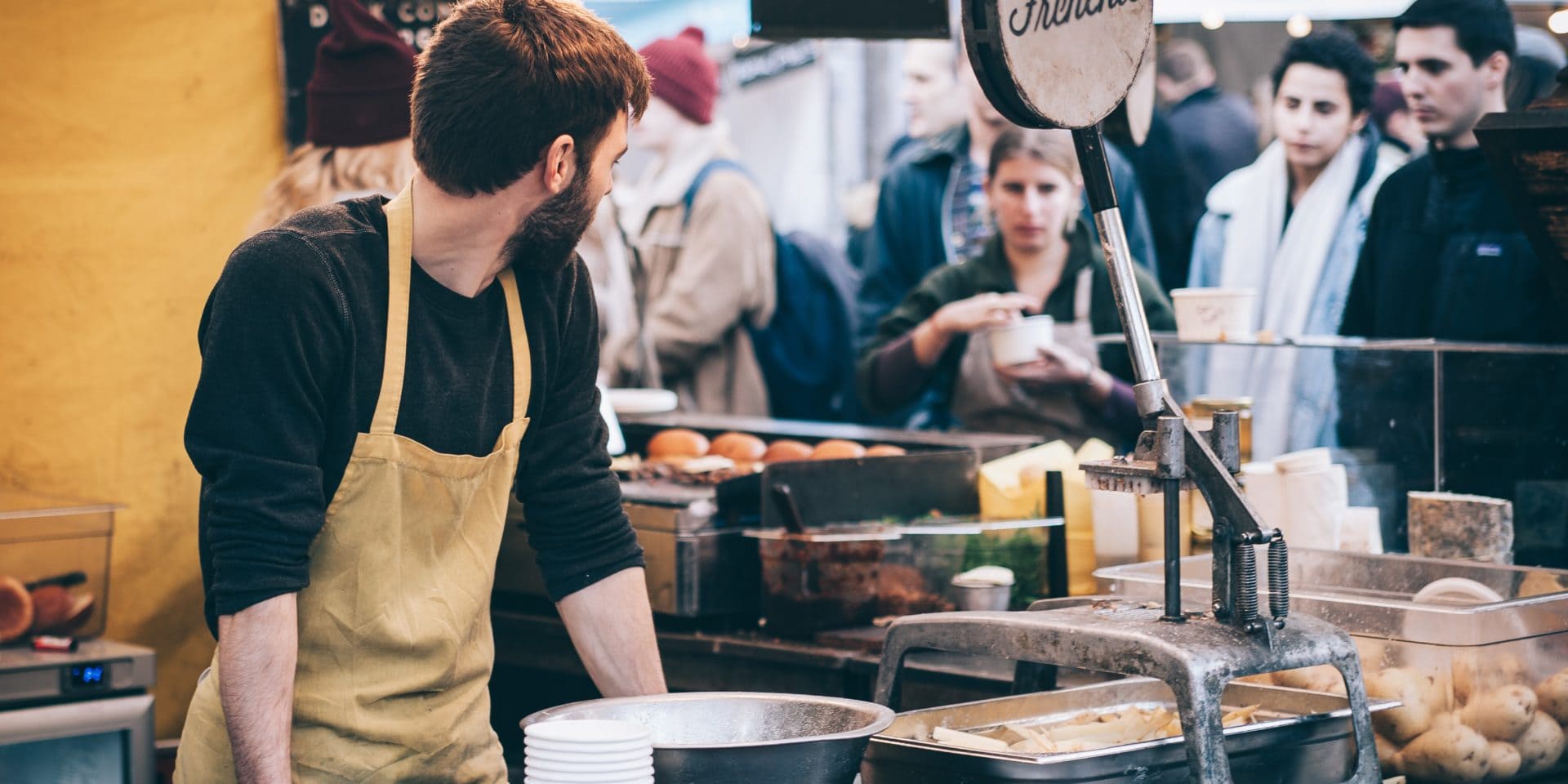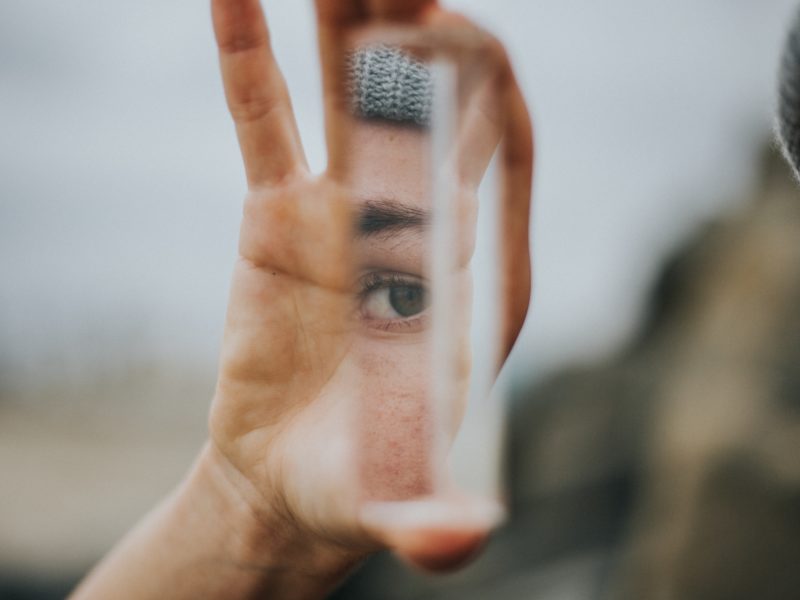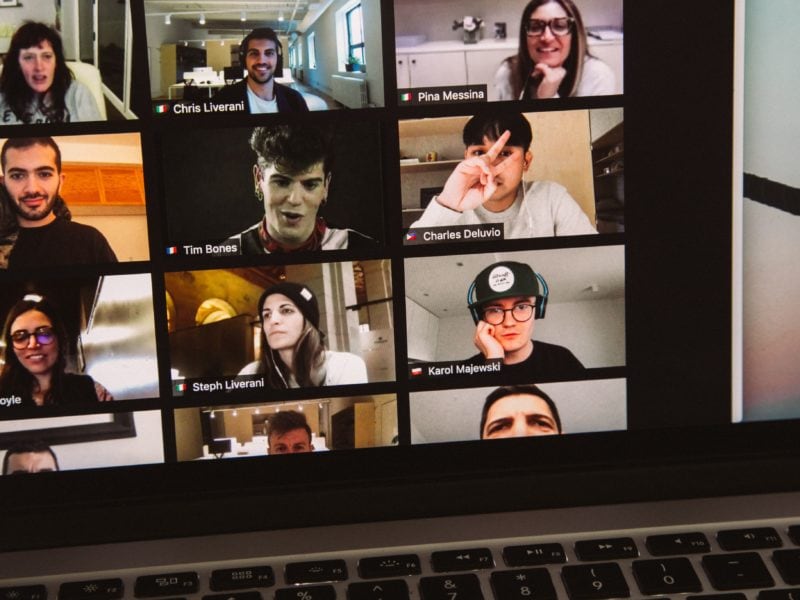Brands with a physical customer service space should be considering the impact the witnessed customer experience has on customer loyalty. If you want to win fans and multiply your fanbase build strong relationships with your customers.
Whether or not it’s the brand’s fault if your customers witness another customer receive a bad experience it will have a bigger impact on loyalty than you may think.
New customers will pick up on the mood and atmosphere of the social service space impacting whether or not they come back.
Your customers aren’t just loyal to your brand they’re loyal to your people.
Many of our decisions as a customer are based on how we feel about a brand, relying heavily on the social aspects of the service environment. So why don’t we know more about the impact of observing other customer expectations on customer loyalty?
Aimee Shortman, Managing Director emerging-u
Customer Service Failure
On a recent trip to my local supermarket what was meant to be an in and out supermarket sweep turned into a 15-minute wait in the queue witnessing a customer have a heated debate with the checkout assistant about the fact he’d left his bags in the car. The assistant was a jobsworth, to be honest, and was asking the customer to take his shopping and pack it in the car park. It was hammering it down outside and the customer wanted to nip to his car and get the bags so he could pack them inside. The employee was getting very loud and impatient while the customer was becoming obviously upset. We’re in Covid times so every other customer was keeping their distance and trying not to get involved and there were no other employees to be seen.
The customer and employee reached a stalemate with the customer eventually apologising to the employee for causing a scene and holding everyone up and compliantly put his shopping back in his trolley to pack in the car park. Now, you’ll be pleased to know this story has a happy ending, as my daughter whose 12 said “Mum can’t we let the man have some of our shopping bags?” so she ran after him as he was heading out of the store and gave him a couple of our bags so he could pack in the dry. As we left Issey and I decided never to shop there again instead agreeing it would be better to drive to the next supermarket instead where hopefully the employees are a bit kinder to their customers.
The Customer Service Socialscape
Service environments are one of the few social interactions we’ve been able to enjoy over the last 18 months and even before the Pandemic researchers were highlighting the shift in the socialisation of our servicescapes. It was no surprise to me that witnessing this interaction affected my loyalty to the brand what did surprise me though was that this service failure was no fault of the business at all. It was the customers fault, they’d forgotten their bags after all, so why did I have such an emotional response to witnessing this interaction despite my rational brain telling me it’s not the employees’ fault?
I was very surprised to find that research into the effect of witnessed customer interactions on loyalty is limited. It is widely recognised that service spaces are social environments where we share our experiences with other customers. Many of our decisions as a customer are based on how we feel about a brand, relying heavily on the social aspects of the service environment. So why don’t we know more about the impact of observing other customer expectations on customer loyalty?
When we’re in a social space with other humans we form an unconscious connection so in a service, social space our own customer expectations and experience of a brand multiply. Our basic needs in a service space aren’t just what we expect for ourselves they become our expectations for all customers in the shared space. You know that feeling when you walk into a bar for the first time and walk out immediately because it doesn’t “feel” right or you’re on a train and you overhear the conductor ordering a passenger off the train with their bike. Equally the positive effects of the power of human connection on a brand are huge. The bus driver who waits for the passenger who’s running for the bus, the cashier in the bank who takes the time to count the young customers change from their money bank. The mood and atmosphere of what we see and how that makes us feel in the service space can make or break the customer relationship.
The holy grail of brand loyalty is hard-won so if it can be easily lost through other customer observations how do brands build strong ties with their customers that can weather a customer service failure storm?
Winning the Witnessed Customer Experience
Service Failure Recovery refers to a service performance that fails to meet the customer expectation and how a company compensates and recovers the damage that has been done. In my example, though the company wasn’t at fault the customer was so how does the employee recover from this service interaction?
The little research I did uncover found that even when the customer is at fault the way in which the customer is treated is critical to other customer loyalty. To build loyalty with customers when things go wrong, customer experience leaders should;
• Create a thriving social service space
CX leaders should be supporting their frontline people to shift their mindsets and view the service space as a social space. If brands want to use service failures as an opportunity to build brand loyalty, it’s critical that frontline employees understand the impact how they respond will have not only on their focal customer but other customers as well. Imagine you’ve invited friends into your home, how would you behave when things go wrong?
• Know your customer
Personalised online customer experiences have raised overall customer expectations as digitalisation has revolutionised CX. CX leaders must upskill their frontline to be able to provide meaningful tailored experiences in the service environment that result in building customer loyalty. Treating each customer fairly, with kindness in a way that feels personalised to them will result in winning fans even when the customer isn’t right.
• Relationship Matters
Build strong ties with your customers through your brand and your people. It was once true to say that people buy from people but in today’s global economy not so much and for brands, an overreliance on personal relationships could be dangerous. Your brand is a living thing, your strapline, logo and business strategy are important but it’s your people who make them live in the real world. Whilst your focusing on building your brand ensure your people have the mindset, skillsets and tools required to deliver an experience that delivers on your brand promise.
Last few words…
Today’s customer service space needs to be reimagined as a social space where observed customer interactions are as important to CX leaders as the focal customer experience. The witnessed experience can be won by frontline teams being empowered to treat their customers as guests who when things go wrong, whoever’s at fault, are treated fairly and with compassion.





